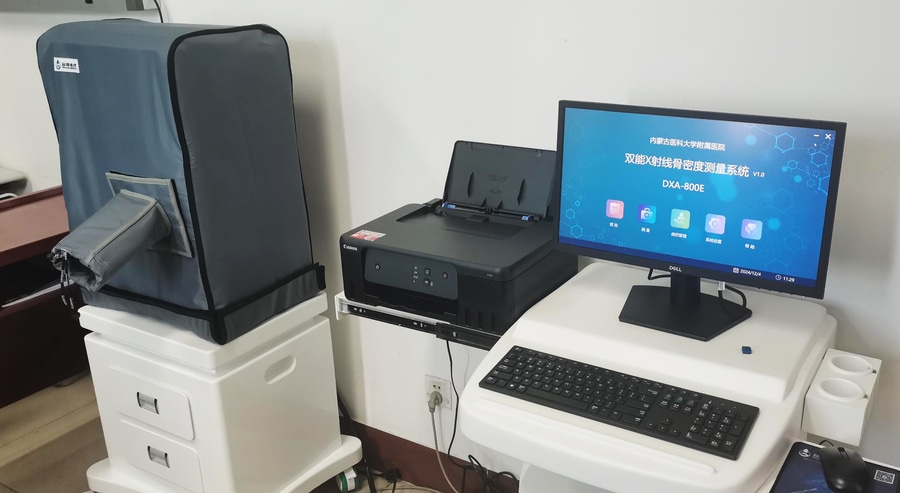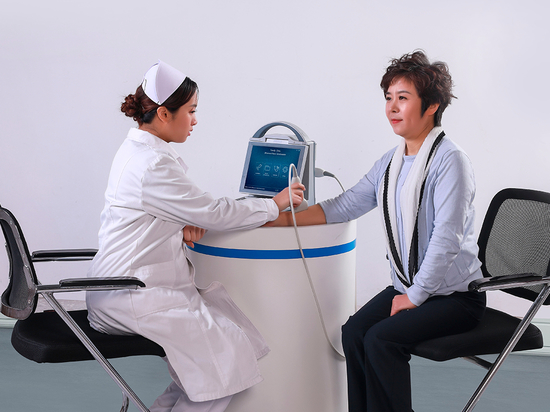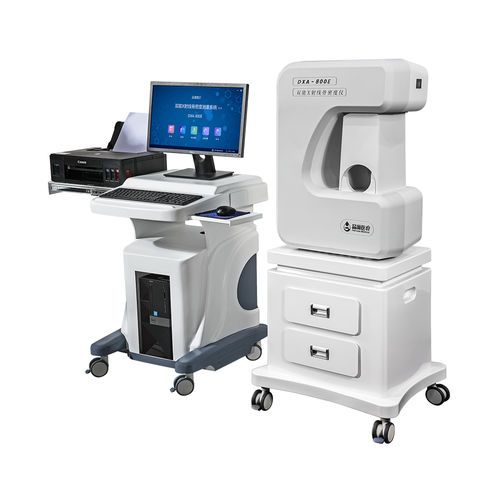
#Product Trends
Dual energy X-ray absorptiometry DEXA: An important tool and technical analysis for bone health assessment
Dual-Energy X-ray Absorptiometry (DEXA) is regarded as an important method for evaluating bone status and diagnosing osteoporosis.
Osteoporosis, an insidious bone disease, poses a significant threat to public health with increased risk of bone loss and fracture. In this context, Dual-Energy X-ray Absorptiometry (DEXA), with its high accuracy and reliability, plays an important role in the evaluation of bone health and is regarded as an important method for evaluating bone condition and diagnosing osteoporosis.
In-depth discussion of DEXA technology principle
The key to DEXA technology lies in the clever application of dual-energy X-ray sources. By sending two X-ray beams of different energies through human tissues, the technology takes advantage of the difference in X-ray absorption characteristics between bone and soft tissue to achieve accurate distinction between the two. Minerals in bone, especially calcium, are more absorbent to high-energy X-rays; Soft tissues, such as muscle and fat, are more sensitive to low-energy X-rays. This physical phenomenon provides a theoretical basis for DEXA technology.
Using an advanced detector system, DEXA can capture the X-ray signal after penetrating the human body and process it through a complex algorithm to effectively eliminate the interference of soft tissue on X-ray absorption, thus accurately calculating bone mineral density (BMD).
Clinical value of DEXA in bone health assessment
1. Accurate diagnosis of osteoporosis
The T value measured by DEXA, that is, the comparison result between BMD of the subject and the average BMD of healthy people of the same age and gender, is an important indicator for evaluating osteoporosis. According to professional standards, a T value within the normal range indicates normal bone density; A slightly lower T-value indicates a decrease in bone mass. A significant decrease in T value is diagnosed as osteoporosis. Combined with the clinical characteristics and family history of patients, DEXA provides strong support for the early identification and accurate diagnosis of osteoporosis.
2. Assessment and management of fracture risk
DEXA testing is important in assessing fracture risk. In particular, BMD values in the hip and lumbar spine are closely associated with fracture risk. Studies have shown a significant association between a reduction in BMD and an increased risk of fracture. Therefore, regular DEXA screening can help to identify high-risk groups and implement timely interventions, such as medication and lifestyle adjustments, to reduce the incidence of fractures.
3. Application of multi-system disease management
The application of DEXA technology is not only limited to osteoporosis, but also extends to endocrine diseases, bone metabolism monitoring of patients with long-term hormone therapy and other fields. By providing comprehensive bone health data, DEXA provides an important basis for doctors to make personalized treatment plans and evaluate treatment effects, and promotes the comprehensive development of interdisciplinary disease management.
Precautions for DEXA detection
1. Preparation
Before DEXA testing, the client should wear lightweight, non-metallic clothing to avoid interference of metal objects on X-rays. At the same time, it is necessary to remove the metal jewelry on the body, such as necklaces, bracelets, etc. In addition, if the client has had a recent radiological examination or treatment, the testing staff should be informed in advance so that the impact on DEXA testing can be assessed.
2. Detection process
During the DEXA test, the client must remain stationary to ensure the accuracy of the test result. The detection personnel will adjust the parameters of the detection equipment according to the height and weight of the subject, so as to obtain accurate detection results. During the test, the subject may feel a slight X-ray radiation, but the radiation dose is very low and has no effect on human health.
3. Precautions after detection
After DEXA testing, the client does not need special care or rest. However, we should pay attention to the results of the test report, and take corresponding health management measures according to the recommendations of doctors.
Finally, when performing DEXA testing, the client should understand and follow the relevant precautions to ensure the accuracy of the test results.






